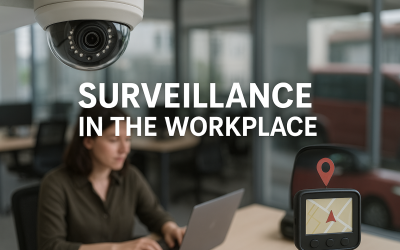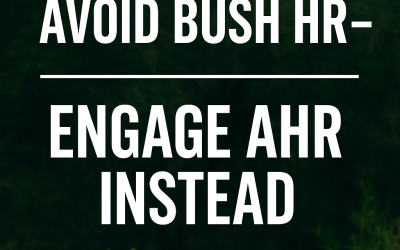Hazard ID should not be ‘managed’ but rather a systematic process that is accessible, understood and known to all employees. The implementation of a ‘process’ ensures that hazards are identified promptly and consistently, increasing employee awareness of ‘how to identify’ them within the working environment. In Tasmania alone, there were $172.9 million paid to injured employees from 2018 to 2019. Not only can this create financial burden for some businesses, but it can also impact workplace productivity as incidents decrease employee satisfaction in response to increased workload and stress due to staff shortages, workplace inconsistencies, and unsafe work environments.
Hazard identification is a preventative measure that requires the consideration of ‘what could go wrong’ and implementing procedures and reasonably practicable methods to eliminate the risks. Employers need to be aware that this is inclusive of workplace awareness, with an emphasis on employee demonstration of understanding. The lack of such effort has been a vital factor in determining negligence within many employee claims against employers.
Several methods can be utilised in identifying your workplace hazards:
A Systematic Process for Reporting, that:
- Remains consistent regardless of role or location, making it easily accessible to all employees in an area that staff frequently access, such as the staff lunch or locker room.
- Allows ease of use by all employees through simplistic forms and process.
- Provides follow up to reports to ensure employees feel heard and have confidence in both the process and employer.
Checklists
Employers can use checklists routinely to analyse working environments for hazards and to ensure ongoing maintenance to working equipment and procedures. Checklists such as, working from home, prestart, cleaning, inspection, chemical storage, and safety etc.
Review of Available Information
Reviewing information surrounding hazards that are common for specific workplace industries or employment types, referring to manufacturing and supplier information, and analysing health records and workplace incidents to identify reoccurring or common hazards.
Regular Employee Consultation
- WHS Representative : If your workplace has a Workplace Health and Safety Representative, this individual must be involved within all safety adjustments and process and can advocate (via consultation) for all employees.
- Feedback : Conduct regular feedback sessions to derive employee insight into potential hazards and areas for improvement in consideration of environment, equipment, materials, substances, workplace management, and procedures.
- Awareness : Ensuring all employees are aware of the hazards within an environment through signage and instruction, introduction of workplace hazard changes and employee demonstration and acknowledgement of these.
Assurance HR Management act as a third-party representative for many businesses, conducting both WHS and HR reviews. We offer reviews and advice, and at your discretion the option to action and implement suggested changes to see compliance with Workplace Health and Safety Legislation and Fair Work Best Practice. Contact us today on 1800 577 515 to arrange a review or to discuss your specific business needs.




